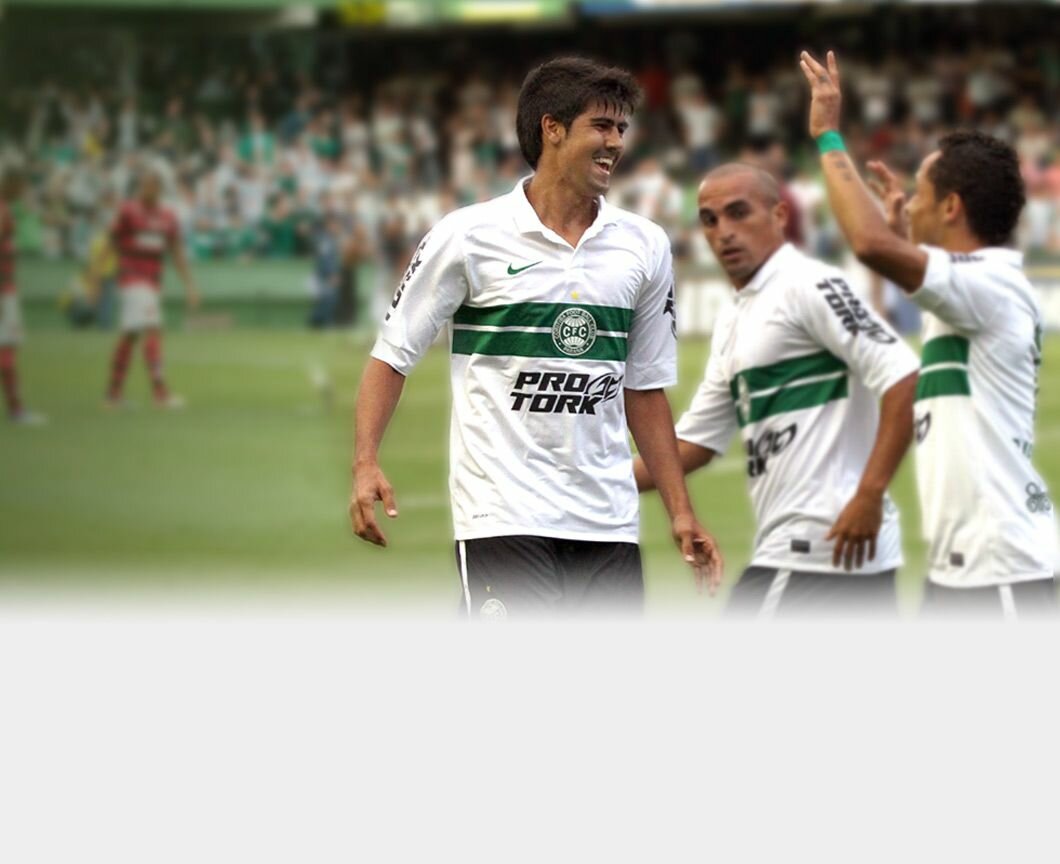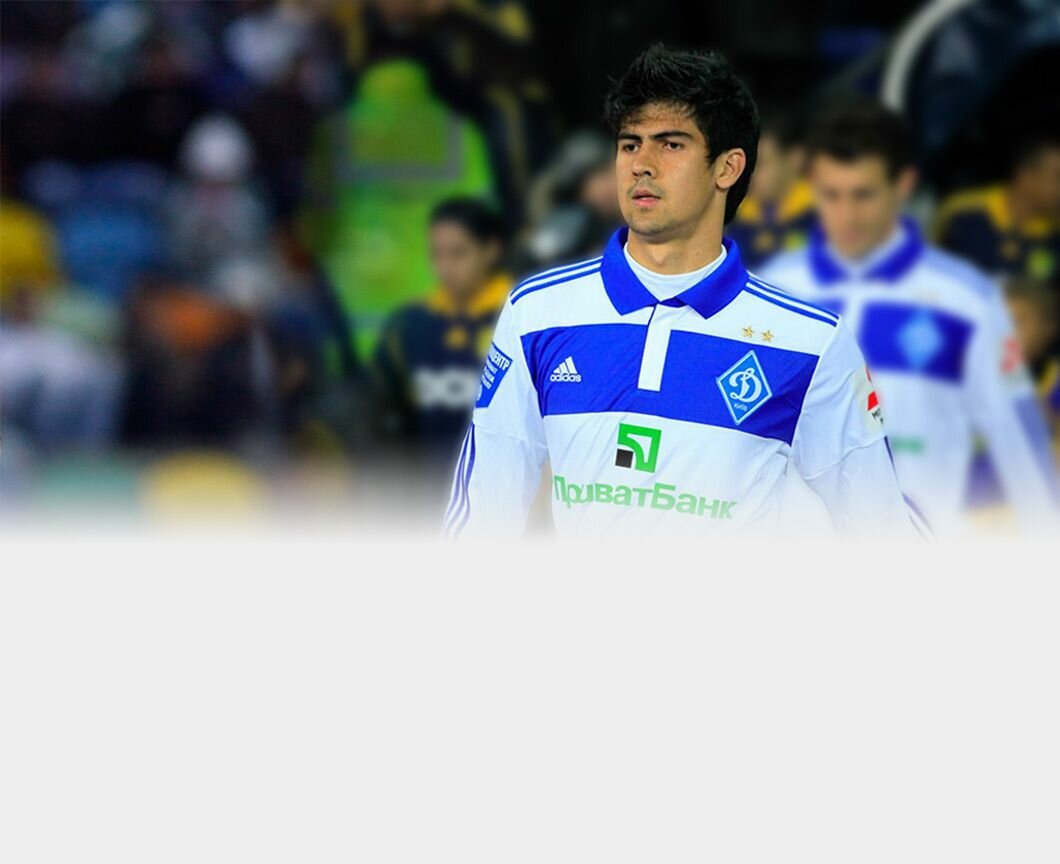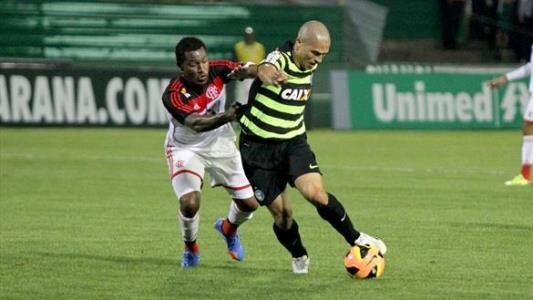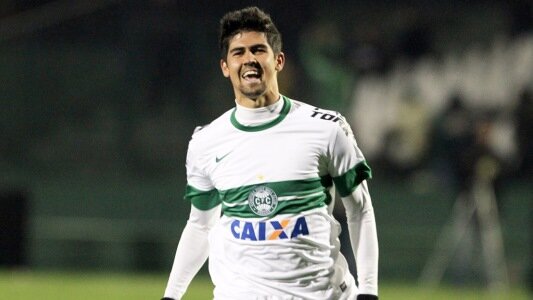Saving Penalties: Reading Cues And Data Patterns
When you step up to face a penalty, it's not just about quick reflexes—it's about spotting small signals and using past data to your advantage. Every move a shooter makes, from a glance to the direction of their toes, can tell you something vital. But how do you decode these cues efficiently under pressure, and what role does pattern analysis really play in your split-second decision? Let's consider what separates instinct from intelligent anticipation.
Decoding Body Language and Physical Cues
When facing a penalty, it becomes important to interpret the shooter’s body language effectively. Penalty takers often communicate their intentions through various physical cues. Observing the planting foot can be particularly useful, as it typically indicates the direction of the shot—this is especially relevant in important penalty scenarios.
Additionally, the orientation of the hips and the movement of the dominant foot contribute further context to their decision-making process.
While advanced players may attempt to conceal their cues, the presence of a stutter step can provide valuable insight for anticipating the shot, aiding in the timing of a dive.
A comprehensive analysis that integrates multiple indicators rather than focusing solely on eye movements can enhance the probability of successfully saving the penalty.
Leveraging Positioning and Movement Strategy
Refining positioning and movement strategies can significantly enhance the likelihood of saving a penalty kick. Research indicates that players often search for cues when taking a penalty, and non-standard positioning can manipulate their shot direction; approximately 60% of kickers aim for the side they perceive as more open.
Observing the taker's body language and the angle of their non-kicking foot provides valuable information that can inform a goalkeeper's anticipation and response.
Remaining still before the kick has been shown to increase save opportunities. A stationary position yields a success rate of 39.2% for saving penalties, in contrast to an 11% success rate when diving.
Effective goalkeeping strategies should focus on minimizing action bias; subtle adjustments in stance, along with careful observation of the kicker’s movements, can transform positioning into a tactical advantage during penalty situations.
Utilizing Data Analytics and Pattern Recognition
Modern data analytics has fundamentally changed how goalkeepers prepare for penalty situations.
By leveraging historical video footage and statistical records of penalties, goalkeepers can analyze a penalty taker's shooting tendencies. Research indicates that patterns, such as a significant percentage of players (approximately 60%) favoring a particular side of the goal, can be observed.
Additionally, understanding a penalty taker's body language and movements can further refine predictions regarding their shot direction.
This data-driven approach allows goalkeepers to create reference materials that provide insights based on ongoing data collection.
Consequently, goalkeepers can anticipate and respond to penalty kicks with greater accuracy, leading to improved performance in these high-pressure situations.
Psychological Approaches and Mind Games
Psychological factors play a significant role in the dynamics of penalty kicks in soccer. For goalkeepers, actions extend beyond mere physical reactions; they must navigate a complex landscape of psychological tactics that can impact the outcome of a kick. Gestures, body language, and techniques such as delaying the kick can affect the penalty taker's mental state, potentially increasing their pressure and anxiety levels.
Research indicates that a goalkeeper’s composure and ability to maintain poise during high-pressure situations can positively influence their save percentage. Studies have shown that when goalkeepers exhibit confidence—whether through their stance or approach—it can lead to a higher likelihood of success in saving penalties.
Furthermore, the use of preparatory materials, or "cheat sheets," isn't uncommon, as they can enhance the goalkeeper's anticipation and strategic decision-making.
Enhancing Performance Through Practice and Preparation
Practicing penalty situations is essential for goalkeepers as it prepares them both physically and mentally for critical moments in a match. Consistent exposure to penalty kicks allows goalkeepers to refine their instincts and improve their techniques in high-pressure scenarios.
Targeted training enhances skills in interpreting cues, such as a striker’s body language or their approach to striking the ball, which can provide valuable insights during a penalty.
Incorporating video analysis into preparation can further enhance a goalkeeper's understanding of opponents’ tendencies and preferred striking methods. This analytical approach helps goalkeepers develop strategies that may improve their chances of success in saving penalties.
Additionally, integrating varied scenarios and observational tactics into training enables goalkeepers to approach each penalty with a calm mindset. This preparation is aimed at mitigating the psychological burden of previous attempts, allowing for a focused response to each new situation.
Notable Examples and Research-Backed Insights
Thorough preparation is essential for success in high-pressure situations such as penalty shootouts, as evidenced by various real-world examples and research findings. Strategic planning significantly influences a goalkeeper's performance. Tools like Dean Henderson’s cheat sheet and Jordan Pickford’s comprehensive notes have been documented to aid goalkeepers in decision-making during penalties.
Furthermore, Hannah Hampton’s analysis of likely shooters emphasizes the relevance of statistical data in informing goalkeepers' strategies. Additionally, observing an opponent's body language and delaying the commitment to dive can enhance a goalkeeper's chances of saving a shot aimed in specific directions.
Historical instances, such as Jens Lehmann’s meticulous note-taking during the 2006 World Cup, illustrate the critical role that prepared insights play in enhancing a goalkeeper's effectiveness in penalty situations. These examples collectively underscore the importance of informed preparation within the context of goalkeeping.
Conclusion
When you're facing a penalty kicker, trust your eyes, instincts, and preparation. By reading the shooter's body language, using data-driven tendencies, and staying mentally sharp, you can boost your penalty-saving success. Every detail—from the plant foot to their history—gives you an edge. Mix your analytical mindset with unwavering focus, and you'll be ready for those high-pressure moments. With practice and insight, you'll become the goalkeeper who makes the difference when it matters most.







